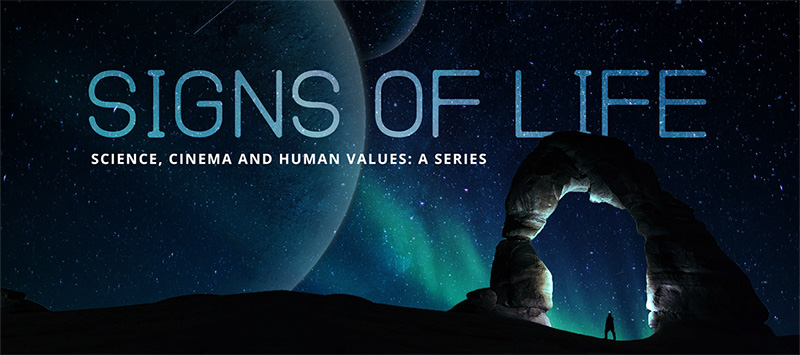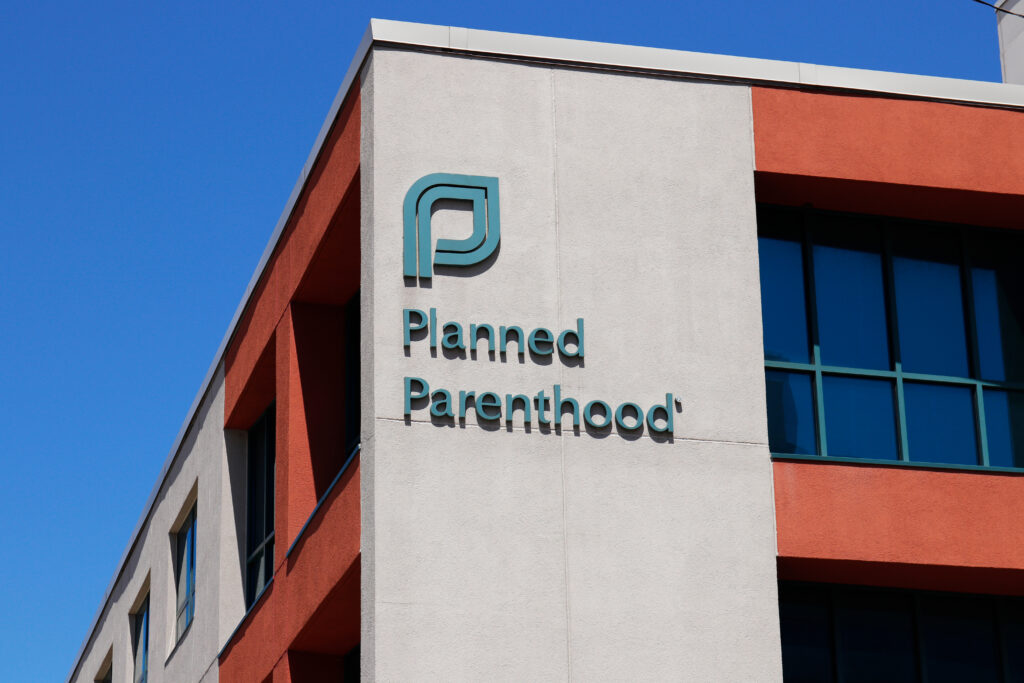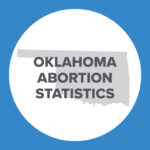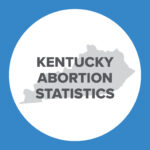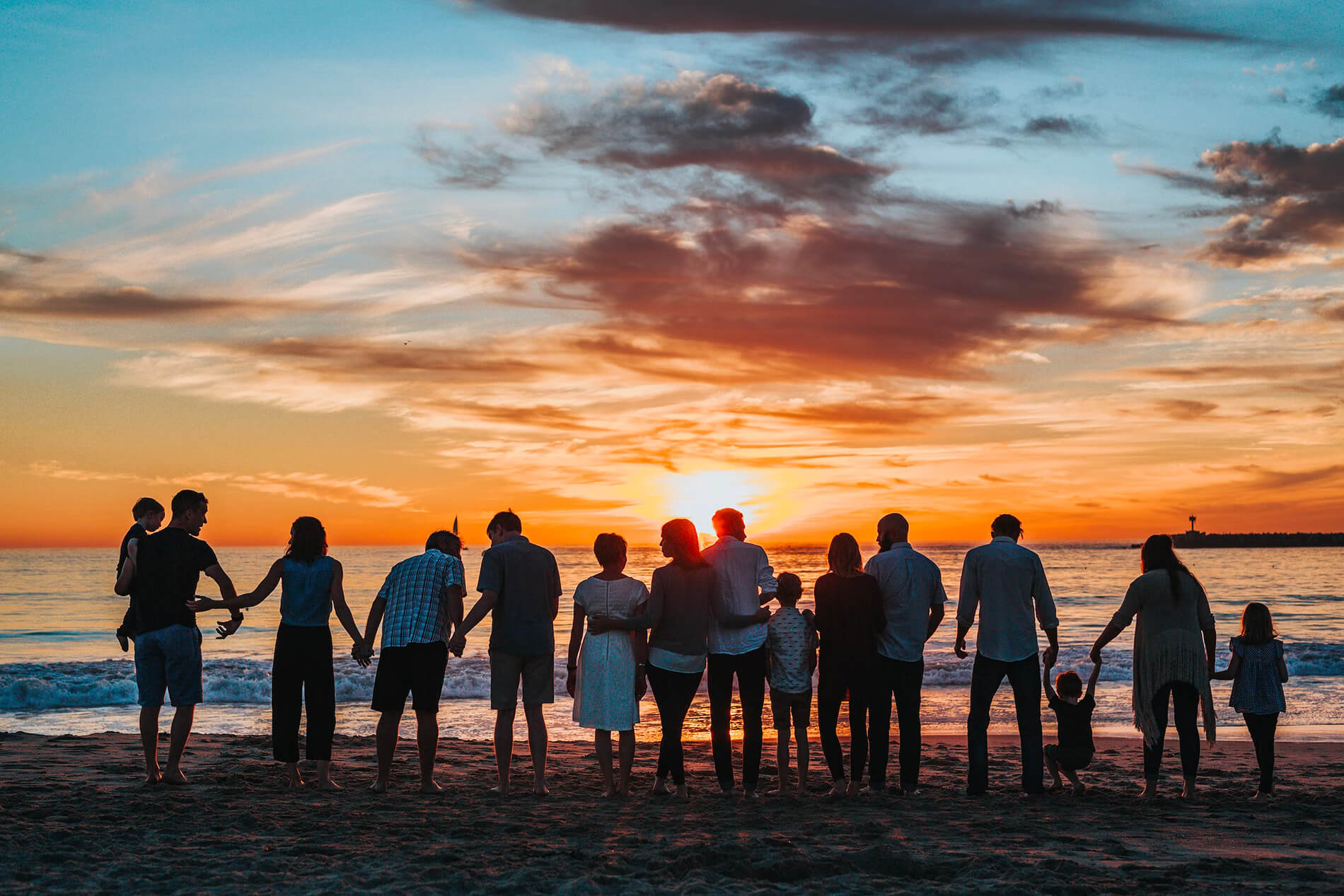Abortion Reporting: Vermont (2018)
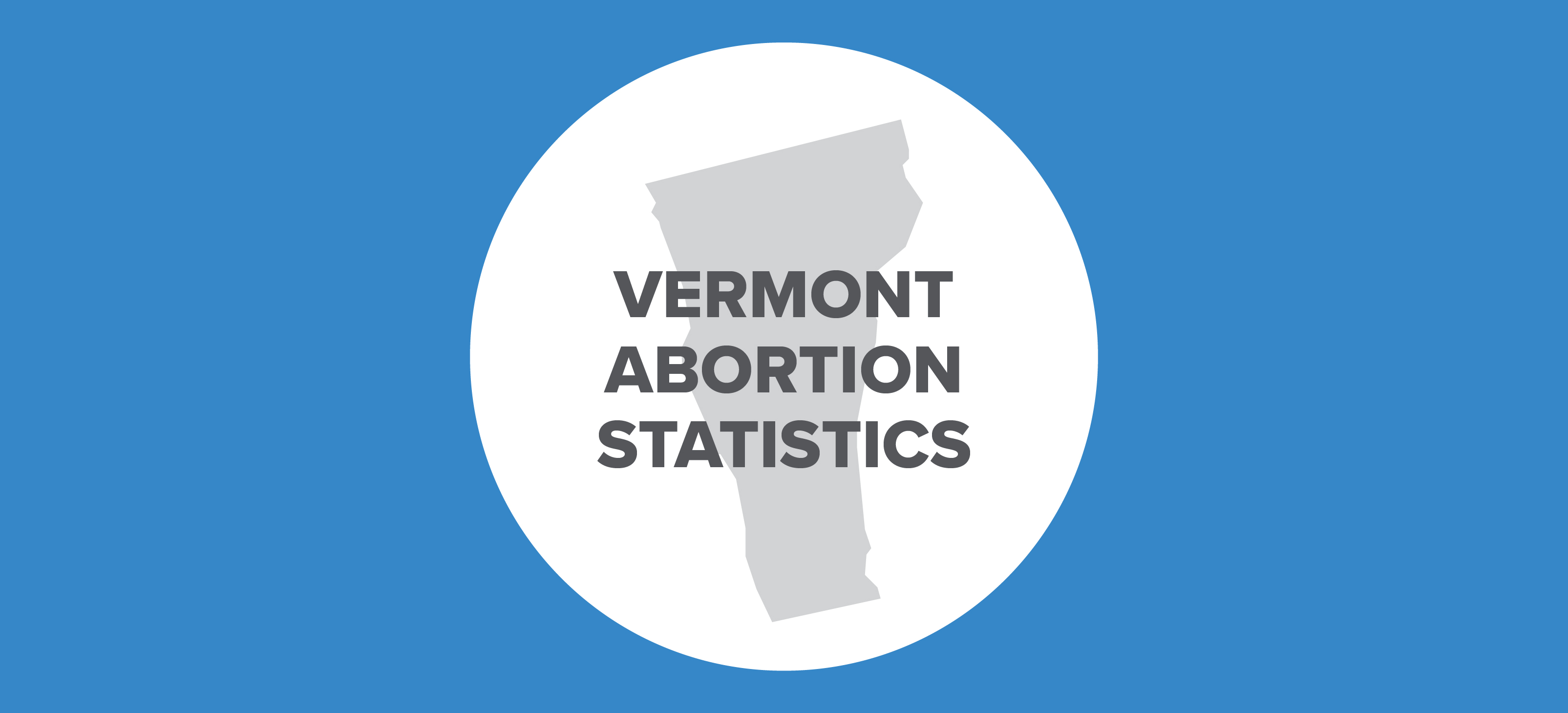
Vermont’s 2018 abortion statistics were published by the Vermont Department of Health in May 2020. The report shows that chemical abortions increased between 2017 and 2018.
Changes in Vermont Abortions, 2017-2018

The report does not include information on Planned Parenthood’s Vermont abortion market share.
Abortion Totals and Trends
There were 1,204 abortions reported in Vermont in 2018, demonstrating very little change from the previous year, when 1,203 abortions were reported (Fig. 1). However, chemical abortions increased by almost seven percent from 639 in 2017 to 681 in 2018. In 2018, chemical abortions made up 57 percent of all abortions reported in Vermont. The Charlotte Lozier Institute estimates that Vermont’s abortion rate in 2018 was 10.5 abortions per 1,000 women of childbearing age, below the national rate (Fig. 2).
State Report Summary
In 2018, 82 percent of the abortions reported in Vermont were performed on state residents, while 18 percent were on nonresident women. A majority of the nonresident abortions were on women from New Hampshire, who underwent 10 percent of all Vermont abortions in 2018.
Nine percent of the abortions reported in Vermont were performed on girls under the age of 20, and 56 percent were performed on women in their twenties. A higher percentage of abortions were performed on women ages 20 to 24 (30 percent) than on women ages 25 to 29 (26 percent). However, because Vermont’s population of women in their early twenties is considerably larger than the population of women in their later twenties, women ages 25 to 29 actually had a higher abortion rate (17.5 abortions per 1,000 women) than women ages 20 to 24 (16.0 abortions per 1,000 women). Thirty percent of Vermont abortions were on women in their thirties, and five percent were on women age 40 or older.
A large majority of Vermont abortions were performed on white women (90 percent). Four percent of the abortions were on Asian or Pacific Islander women, and two percent were performed on black women. Less than one percent (eight abortions) were performed on American Indian women. Fifteen abortions (one percent) were performed on women of other races, and 29 (two percent) were on women of unknown race. Overall, 94 percent of Vermont women ages 15 to 44 are white, four percent are Asian, and two percent are African American. CLI estimates that in 2018 Vermont’s white abortion rate was 10.0 and the black abortion rate was 11.2.
A third of Vermont abortions were on women who reported high school as their highest level of education. Five percent were on women with 11 or fewer years of education. Twenty-two percent of the abortions were performed on women with one to three years of college, and 24 percent were on women with four or more years. Seventeen percent of the abortions were obtained by women whose level of education was not reported.
Seventy-four percent of the abortions reported in 2018 were on unmarried women, 19 percent were on married women, and seven percent were on women of unknown marital status. The proportion of abortions on married women increased from 2017, when 15 percent of the women undergoing abortions in Vermont were married, 82 percent were single, and three percent were of unknown marital status. More than half the women obtaining abortions in Vermont (51 percent) had no children. Nineteen percent had one child, and 30 percent had two or more.
The majority of the abortions reported in Vermont in 2018, 57 percent, were chemical abortions. Thirty-six percent were performed using suction curettage, and eight percent were performed using other procedures. Seventy-three percent occurred at eight weeks of gestation or earlier. Twelve percent were performed between nine and 10 weeks, dropping to five percent between 11 and 12 weeks of gestation. Six percent occurred between 13 and 15 weeks and three percent between 16 and 20 weeks. Twenty abortions were performed at 21 weeks of gestation or later.
Eighty-nine percent of the abortions occurred in clinics, compared to 10 percent in hospitals and not quite one percent in doctor’s offices. Hospital abortions increased from the year before, potentially as a result of one Vermont hospital that began to perform elective abortions in late 2017.
Freedom of Choice Act
Vermont has not placed protective limits on abortion like those implemented by many other states, such as regulations on how late in pregnancy an abortion may be performed. In 2019, Vermont enshrined this lax approach in law by enacting the Freedom of Choice Act. The act codifies Vermont’s stance on abortion by recognizing the right to abortion and prohibiting public entities from interfering with this right.
Vermont is one of just a few states with no legal limits on late-term abortion, and these abortions have been increasing in recent years. In 2007, the first year in which the number of abortions at or after 21 weeks of gestation was reported, there were seven abortions after 20 weeks, less than half a percent of the abortions reported in Vermont that year. In 2018, there were 20 abortions after 20 weeks, 1.7 percent of the total.
State Ranking
In the Charlotte Lozier Institute’s 2016 survey of state abortion reporting, Vermont was tied for 31st best. As CLI has previously noted, the Green Mountain State could improve its reporting by providing information on the methods of payment used to fund abortions, including taxpayer funding. Vermont could also report the number of previous abortions undergone by women obtaining abortions in the state and whether any women experienced complications.
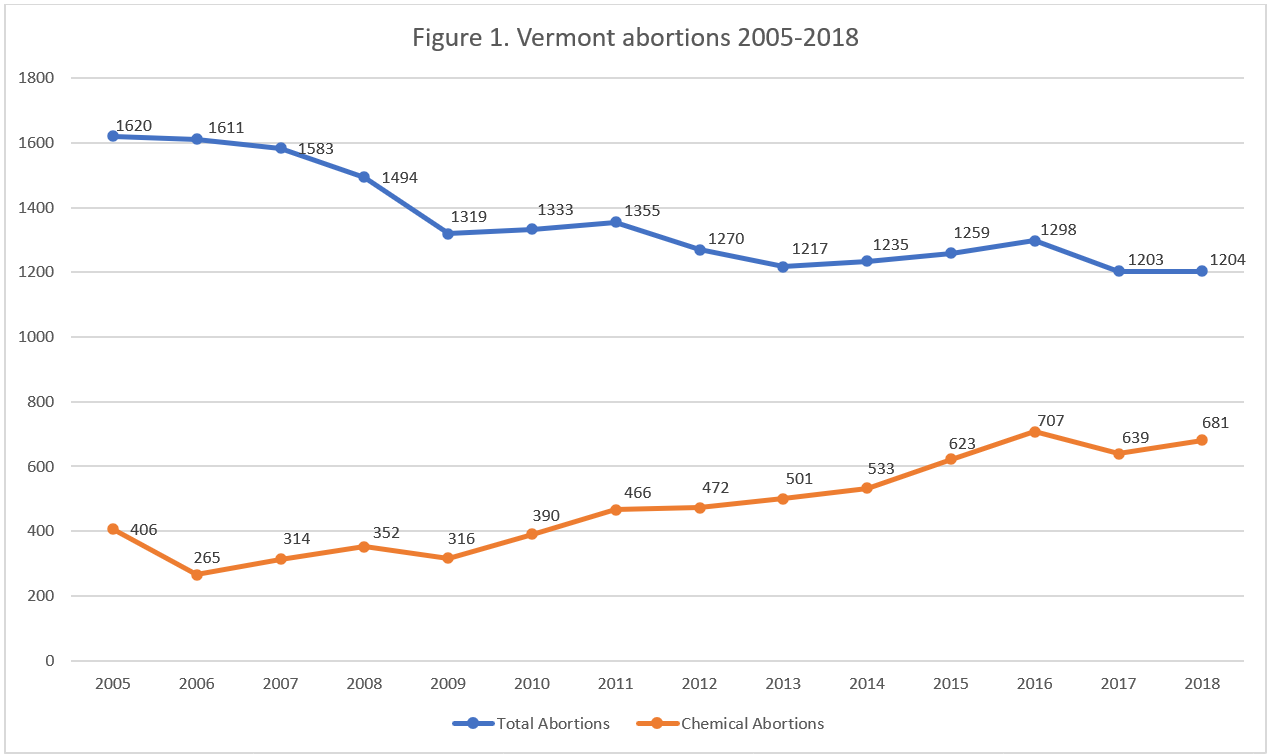
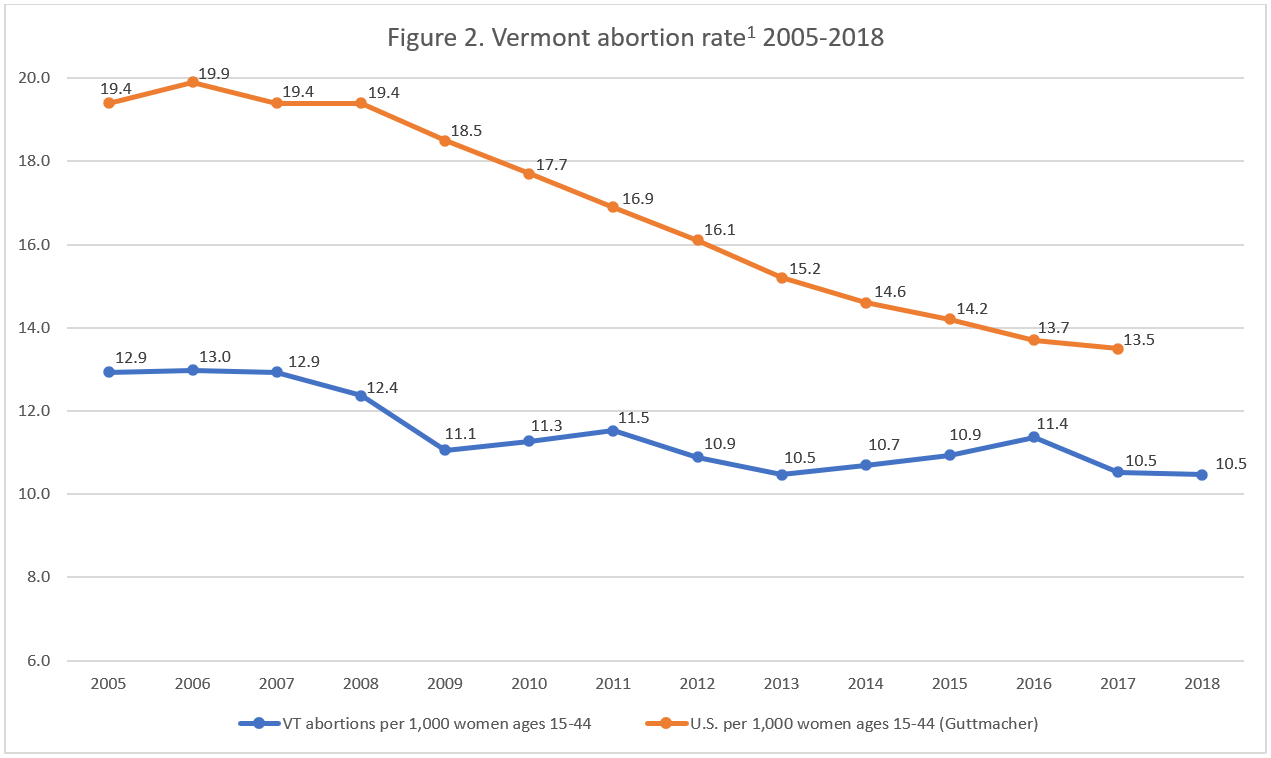
- Starting with the 2018 abortion reports, abortion rates are calculated by the Charlotte Lozier Institute to allow for easier state-to-state and year-to-year comparisons. Rates were calculated by CLI using population estimates from the United States Census Bureau. The rates were calculated using the following formula: (total number of abortions performed in Vermont ÷ number of resident women ages 15-44) x 1,000. Rates may differ slightly from previous CLI articles due to revised population estimates.





